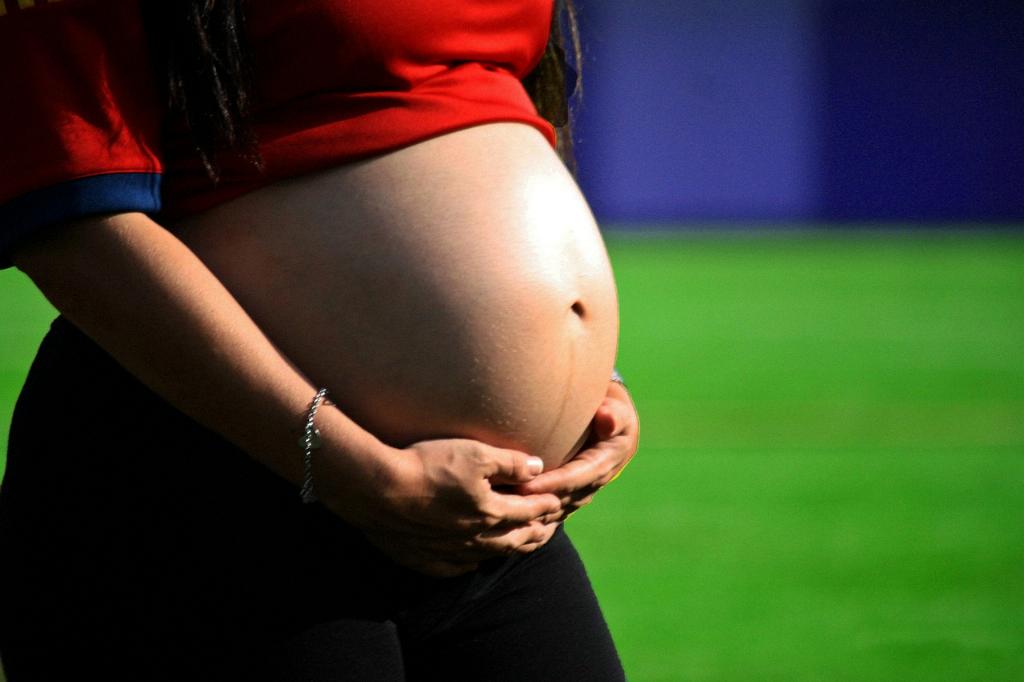In the realm of childbirth and delivery, the preference for Cesarean sections (C-sections) over vaginal births has become increasingly prevalent in recent times. While every individual’s reason for opting for a C-section may vary, several common factors contribute to this choice. One significant aspect to consider is the fear of pain associated with labor and delivery.
Fear of Pain in Childbirth
One of the primary reasons why many individuals opt for a C-section is the fear of the intense pain that can accompany vaginal birth. The prospect of enduring prolonged labor contractions and the physical strain of pushing during delivery can be daunting for expectant mothers. By choosing a C-section, individuals can potentially avoid the unpredictable and sometimes overwhelming pain associated with natural childbirth.
Control and Planning
Another driving factor behind the preference for C-sections is the desire for control and planning. Unlike the spontaneity of vaginal birth, scheduling a C-section allows individuals to have more control over the timing of their baby’s arrival. This element of predictability can be appealing for those who prefer structured and organized processes.
Previous Traumatic Birth Experiences
For individuals who have had previous traumatic experiences during vaginal birth, the option of a C-section may offer a sense of relief and safety. Past complications, such as emergency interventions or prolonged labor, can lead some individuals to choose a C-section for their subsequent deliveries to mitigate the risk of encountering similar challenges.
Perceived Safety and Convenience
Perceptions of safety and convenience also influence the decision to opt for a C-section. Some individuals believe that surgical delivery is a safer method, as it eliminates the uncertainties and potential complications associated with vaginal birth. Additionally, the efficiency and quick recovery time often associated with C-sections can be enticing for those seeking a smoother postpartum experience.
Medical Recommendations and Advice
Medical recommendations and advice from healthcare providers play a crucial role in shaping individual preferences for C-sections. In some cases, health professionals may recommend a C-section based on medical factors such as the positioning of the baby, maternal health conditions, or previous surgical histories. Trust in the expertise of healthcare providers can influence the decision-making process for expectant parents.
Cultural and Societal Influences
Cultural norms and societal influences also contribute to the prevalence of C-sections as a preferred method of delivery. In certain cultures, the perception of C-section as a modern and advanced approach to childbirth may foster a preference for this method among expectant parents. Social trends and media portrayals can further shape individuals’ attitudes towards C-sections.
Recovery and Postpartum Considerations
Factors related to recovery and postpartum considerations play a significant role in the decision-making process around childbirth methods. Some individuals may opt for a C-section to minimize the potential long-term effects of vaginal birth on their bodies, such as pelvic floor issues or incontinence. The perceived ease of recovery following a C-section can be appealing for those prioritizing a quicker return to normal activities.
Personal Preferences and Choices
Ultimately, individual preferences and choices play a crucial role in why many people prefer C-sections over vaginal births. The decision to undergo a C-section is deeply personal and may stem from a combination of factors such as fear, control, previous experiences, medical considerations, and cultural influences. Each individual’s unique circumstances and priorities contribute to shaping their childbirth preferences.
Educational Awareness and Decision-making
Educational awareness and informed decision-making are vital components of the discourse surrounding childbirth choices. It is essential for expectant parents to have access to comprehensive information about the risks, benefits, and implications of both C-sections and vaginal births. By engaging in open discussions with healthcare providers and seeking out reliable resources, individuals can make empowered choices that align with their values and preferences.
Support and Understanding
Support and understanding from partners, family members, and healthcare professionals are crucial for individuals navigating the decision-making process around childbirth methods. Open communication, empathy, and non-judgmental support can create a positive environment for expectant parents to express their concerns, ask questions, and make informed choices that prioritize their well-being and the well-being of their baby.

